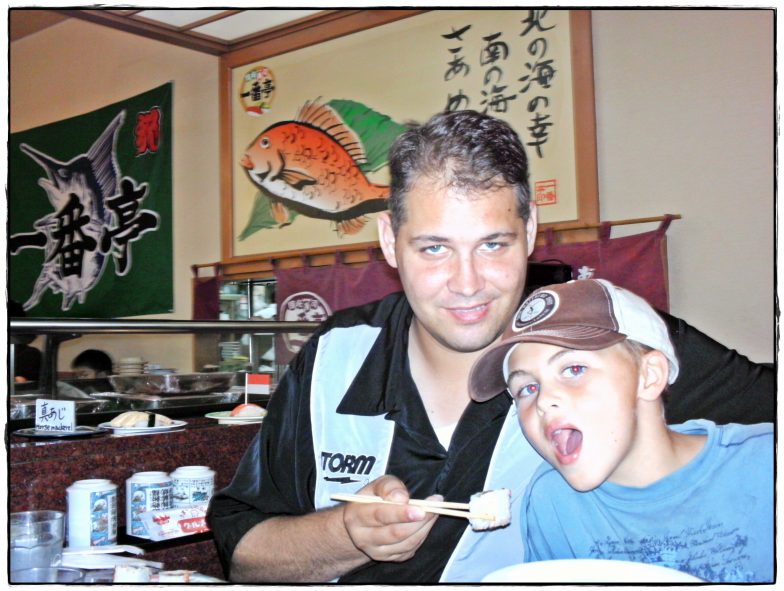CONTRIBUTED BY JANAE BURGER
According to a Japanese proverb, “There are formalities between the closest of friends.” I smile at this as I think about the shocking lack of formalities between myself and some of my closest friends. Many of the relaxed “normal” behaviors accepted between close friends in America would NOT be acceptable in Japan. Personally, I think one of the coolest parts of living in Okinawa is the opportunity we have to be part of the culture and met many different types of friends. If we really want to be successful at making friends with our Japanese hosts we can’t be rude. Therefore, we need to be aware of some basic formalities.
BOWING. I’m sure you have noticed it. Cashiers, people at festivals, or acquaintances, interactions with the locals will typically include bows. A bow is similar to the American handshake and is used to express a greeting, respect, thanking, apologizing etc. There are three types of bowing 1) Informal- about 15 degrees or a nod of the head. 2) Formal bows are usually about 30-45 degrees and are used to show deep gratitude, a very respectful greeting, formal apology or for asking favors. It is impolite not to return a bow regardless of how formal or informal the bow.
EATING. It is considered polite to clear your plate down to the very last grain of rice. You know those mushrooms you dislike, you guessed it- impolite not to eat them. BUT it is perfectly acceptable to raise your soup or rice bowls to your mouth so you don’t spill food. And feel free to slurp those noodles. Pouring soy sauce on your rice is another no-no. Instead pour the soy sauce in the small dish and then dip your food inside it.
Have you ever seen a Japanese person eating on the run? Probably not. In fact some Japanese even consider it rude to eat on the train or in public although this is becoming more common among the locals. I’m sure you have all used an Oshibori, the little rolled hand towel you are given at a restaurant. I have to admit I am guilty of using this at times to wipe my face or neck which is considered rude. Chopsticks should never be left ‘standing up’ in your food as this is done at funerals. Other no-nos would include blowing your nose in public (especially on a cloth napkin), ‘stabbing’ food with a chopstick, sharing food with chopsticks and using a toothpick (that is without using your other hand to cover your mouth). It’s kind of sad I have pictures to demonstrate what not to do!
VISITING SOMEONE’S HOUSE. It is an honor to be invited to a Japanese home. Really, it is. ALWAYS remove your shoes. And for those of us flip-flop wearers, have a pair of socks in your purse. You do not want your bare feet to touch your guests floors or the slippers they provide. If you are wearing a coat or hat, remove it before the host opens their door and do not put it back on until the host has shut the door behind you.
GIFT GIVING. The customs surrounding this are much more in-depth than American customs. If you give a Japanese individual a gift they will likely feel they need to give you one in return. Likewise, if you are given a gift, it is polite to also give a gift. You never want to be considered tebura (empty-handed) so make sure to take a gift with you when you go to someone’s house (flowers or candies are good choice). Gifts should be given in private or toward the end of a visit. Present the gift with both hands. Also, it is polite to modestly refuse a gift once or twice before accepting it.
Of course these are just a very few of the most basic formalities we should be aware of. As foreigners we can get away with some stuff because we simply don’t know it. However, these are acts of “rudeness” even we can’t get away with. There are countless other things we can do to show politeness and respect. What are some of the faux paxs you’ve committed or pieces of cultural wisdom you have gained along the way? We’d love to hear your stories or your advice in the comment box below.
Sources: www.wikipedia.com, www.japan-guide.com, www.thejapanfaq.com, www.all-about-teaching-english-in-japan.com

